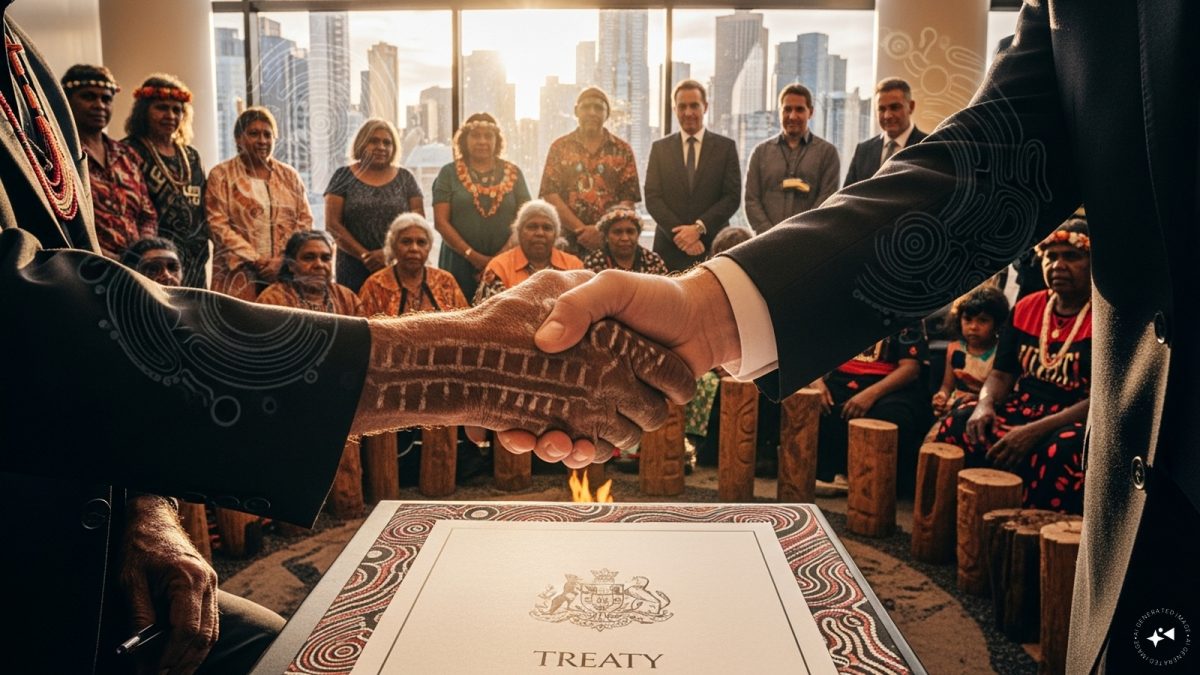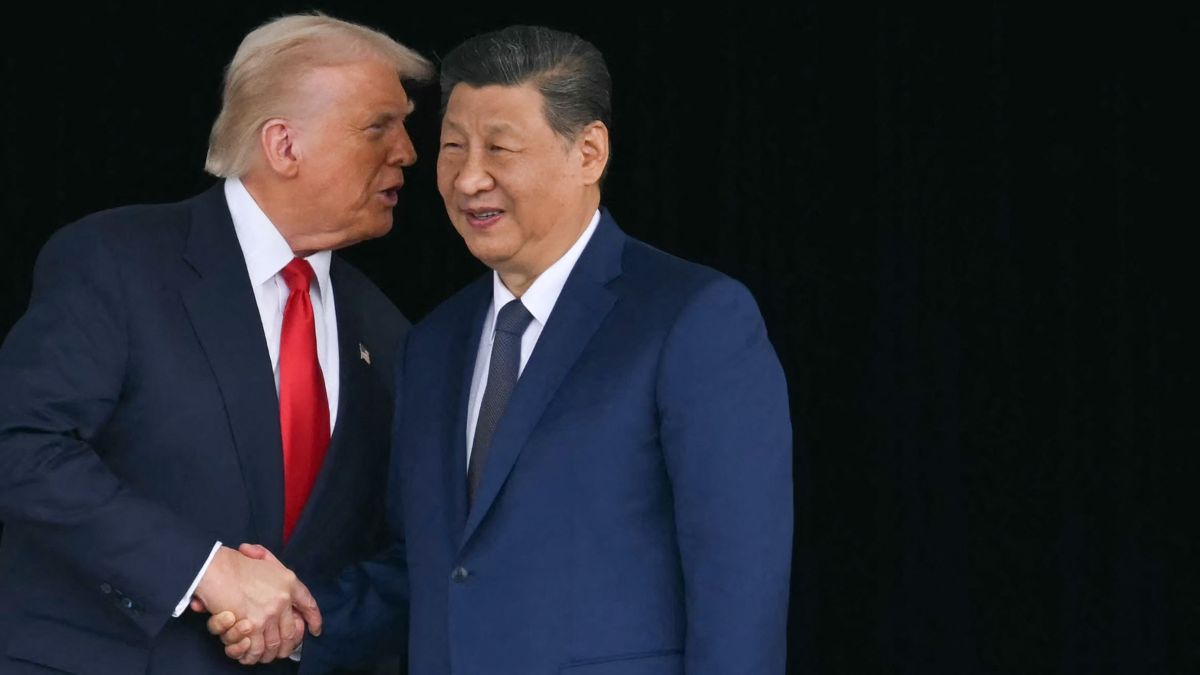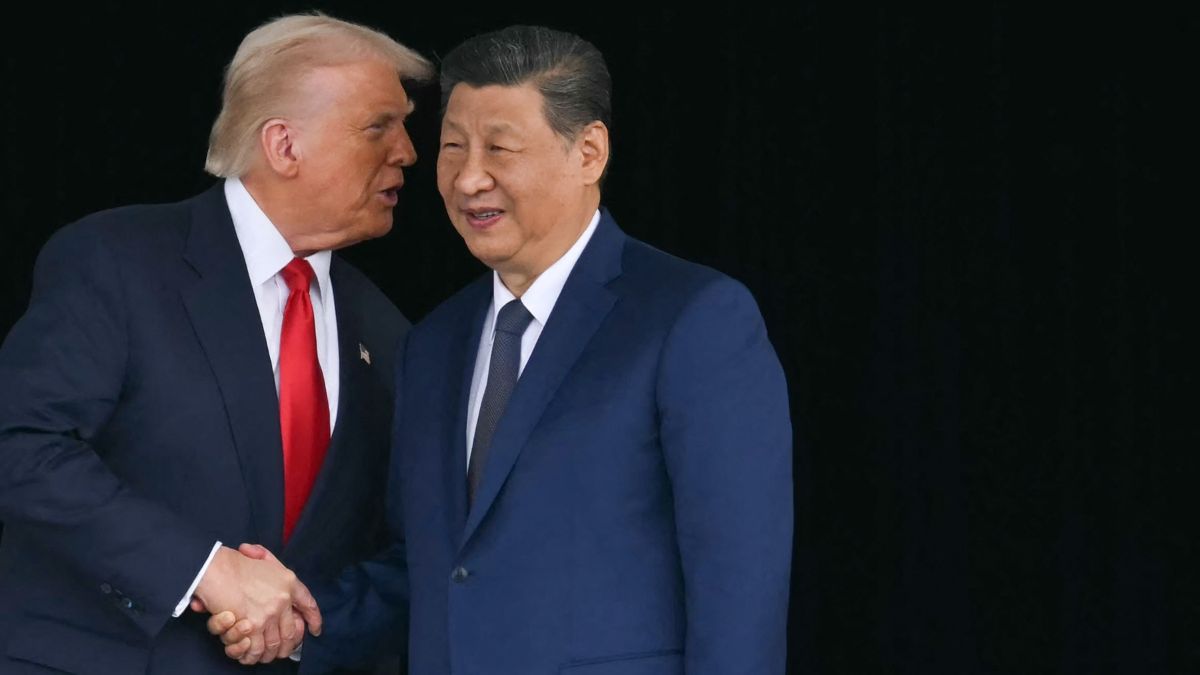The Australian state of Victoria has created history by approving the country’s first formal treaty with its Indigenous traditional owners. The move is a landmark step toward reconciliation and recognition of Aboriginal communities who have long sought official acknowledgment of their rights, culture, and heritage.
Establishing a permanent representative body
The legislation paves the way for the creation of the First Peoples Assembly, a permanent body representing the voice and interests of Indigenous Australians within the state. This assembly will serve as an advisory institution to guide the government on policies that affect Indigenous people, including land rights, cultural preservation, and community welfare. It will also play a vital role in building partnerships between Indigenous groups and state authorities.
A step toward reconciliation and inclusion
The passage of this treaty is a symbolic and practical milestone. It represents the first time an Australian state has formally recognised the sovereignty and enduring connection of its Indigenous communities to the land. The initiative follows years of consultations and advocacy by Indigenous leaders who called for structured dialogue, fair representation, and greater decision-making power within public institutions.
Framework for future agreements
The treaty creates a framework for future negotiations on key issues such as resource sharing, economic participation, and historical acknowledgment. It is expected to serve as a model for other states considering similar efforts to establish formal relationships with their Indigenous populations.
A path to unity and shared respect
The Victorian government described the legislation as a move toward justice and equality. By embedding Indigenous voices in state governance, the treaty aims to foster long-term trust, promote understanding, and strengthen Australia’s journey toward unity and shared respect for its First Peoples.


)

)
)
)
)
)
)
)
)



